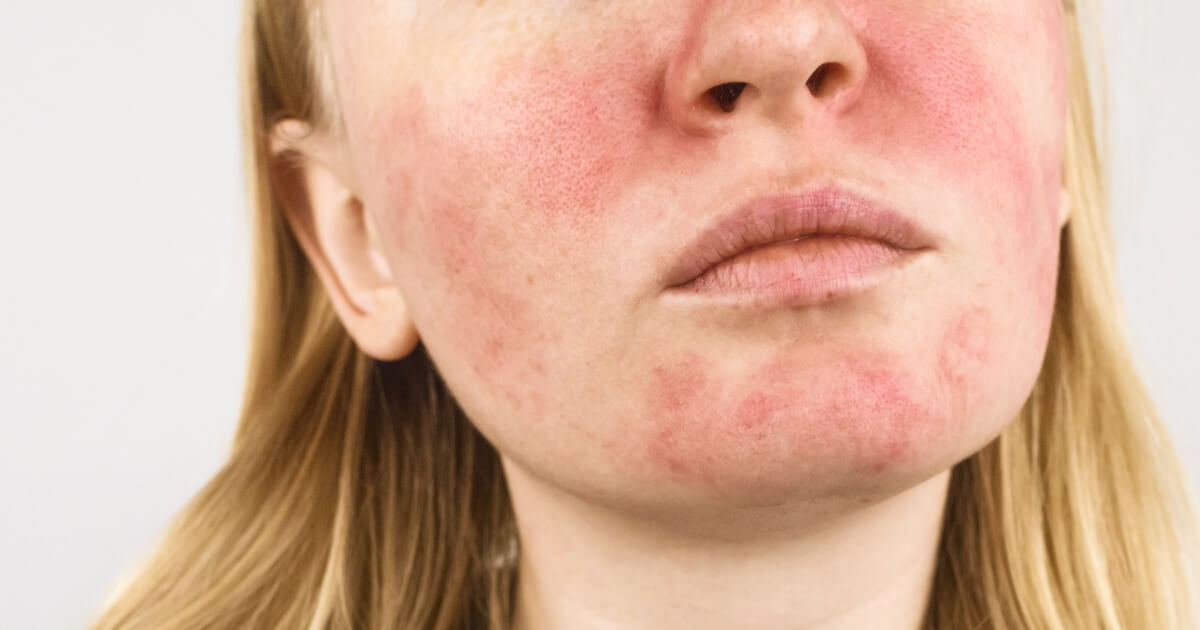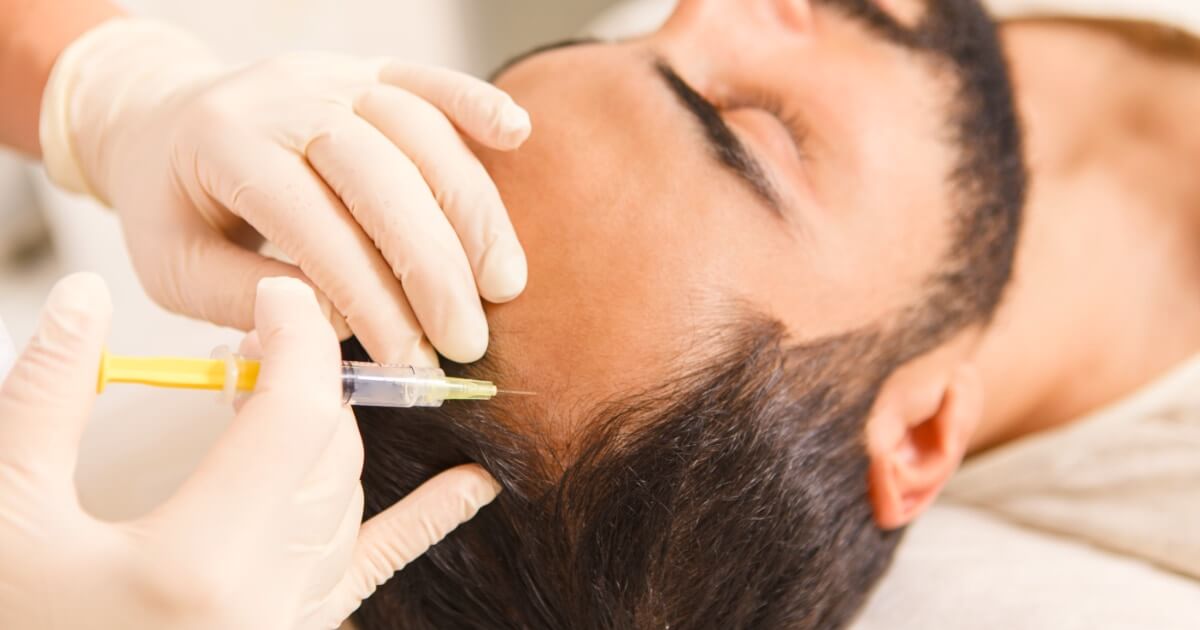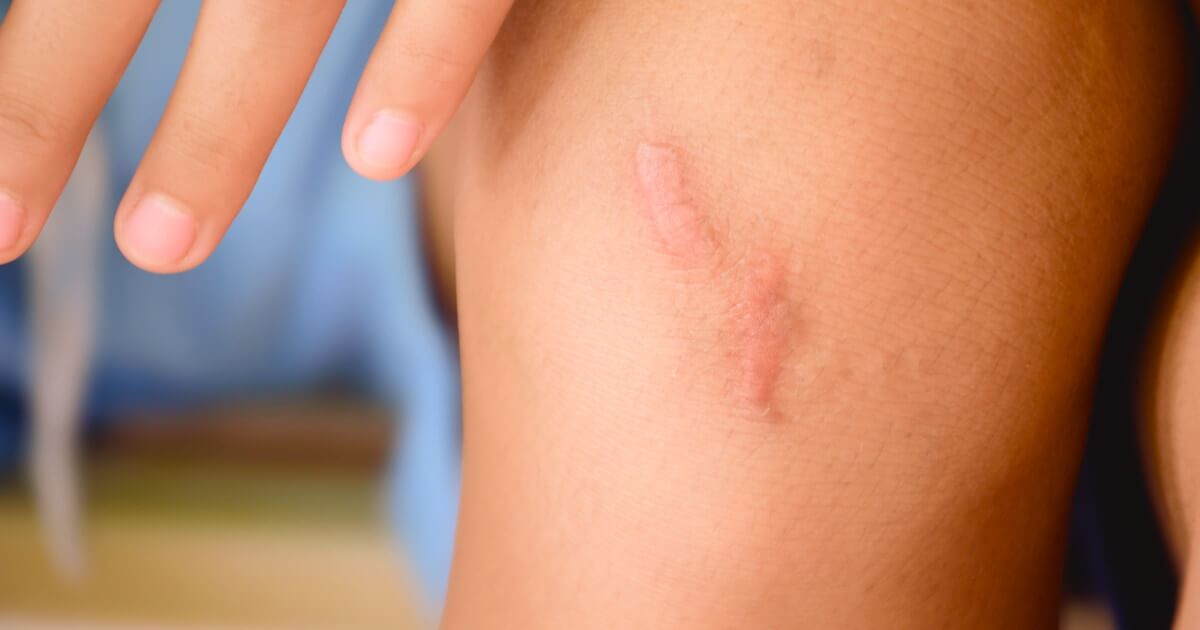Rosacea is a chronic skin disease that affects millions of people in the world and can cause both physical discomfort as a considerable discomfort emotional. However, although living with rosacea can be especially challenging, there are effective ways to control it.
From our dermatological clinic, we want you to understand this condition, since with early diagnosis and a appropriate treatment, you can learn to drive rosacea, prevent shoots and mitigate its impact on your daily life.
What is rosacea?
The rosacea It is a persistent skin condition, related to acne, which manifests itself mainly with redness facial, appearance of grain and blood vessels visible. Although no single cause is known for their appearance, various causes have been identified triggering factors and underlying mechanisms that exacerbate it.
He diagnosis of rosacea is performed clinically, based solely on the observation of typical symptoms without the need for additional tests or biopsies to confirm the condition.
Common symptoms
The symptoms Symptoms of rosacea can vary from person to person, but the most common ones include:
- Facial redness: the skin is put red and may present small papules or pustules, even pimples, especially on the nose and cheeks.
- Telangiectasias: small blood vessels visible on the surface of the skin.
- Hypersensitivity: the skin can react excessively to environmental changes, such as temperature.
- Flushings: episodes of blush intense and occasional facial.
- Rhinophyma: In advanced cases of rosacea, and especially in men, a thickening of the skin of the nose may develop, causing malformations.
Underlying factors
Rosacea is often associated with a hyperfunction of the sebaceous glands, leading to an overproduction of sebum, unlike juvenile acne, this sebum is more fluid and irritating than in other skin conditions.
This condition weakens the skin barrier, which makes it more sensitive, dry, irritated and prone to chronic inflammation (which will promote the appearance of visible vessels or telangiectasias).
Rosacea can alter the skin microbiome, promoting the overgrowth of a mite called Demodex, which aggravates inflammation and symptoms.
Various factors they can trigger or worsen rosacea, including:
- Drastic changes in temperature: sun exposure, extreme temperatures or hot or cold air.
- Blushing: episodes of facial blushing due to emotions or stress.
- Spicy or hot food: These types of foods can intensify symptoms.
- Alcohol consumption: Alcoholic beverages can cause breakouts and redness.
- Certain cosmetic products: Irritating ingredients or fragrances may worsen symptoms.
Rosacea treatment
Understanding what rosacea is and its underlying causes is the first step in addressing its treatment.
The treatment of rosacea has changed a lot in recent years, and although it is a chronic disease that tends to present recurrent outbreaks, we can finally say that it can be treated. check effectively with a comprehensive approach.
The key to managing rosacea is in a personalized treatment that combine options topical and oral therapies, laser technologies, and advanced dermatological light sources, along with lifestyle adjustments to control triggers and take extra care of your skin.
Topical treatment
Incorporate medical cosmetics in your facial care routine can offer you remarkable results.
Creams with are usually used active ingredients like the ivermectin, which helps reduce the amount of Demodex on the skin, and retinoids prescribed in low doses concentrations to control sebum production and strengthen the skin barrier. Another active ingredient is metronidazole.
Oral treatment
The low-dose retinoids can also be administered orally to decrease sebum production, reduce inflammation and control hair growth Demodex.
In some cases, and especially in outbreaks, they are prescribed antibiotics to reduce inflammation and treat papules and pustules. However, its effect is temporary and are often part of a broader treatment regimen.
Dermatological laser
The bright light pressed (IPL) in its vascular mode and the vascular lasers are effective tools to treat telangiectasias and reduce the redness of rosacea.
At the García-Legaz Dermatological Institute, we use advanced Nordlys IPL platform with its vascular filter, known for its quality, efficacy and unmatched precision in vascular pathology and conditions such as rosacea.
Control of trigger factors
Although it depends on each case, identify and avoid the factors that can trigger or aggravate rosacea symptoms, such as sun exposure, alcohol consumption, and spicy foods, is essential.
Maintain a healthy lifestyle, including a balanced diet and stress management, is a fundamental part for those who suffer from this chronic skin condition and wish to mitigate your symptoms.
In short, rosacea is a chronic skin condition that requires a multifaceted approach for their management and control. At the García-Legaz Dermatological Institute, our dermatologists specializing in rosacea They will offer you the appropriate treatment and the recommendations necessary for you to control your symptoms and improve your well-being.
Literature
- van Zuuren, E.J. (2017). Rosacea. New England Journal of Medicine, 377(18), 1754-1764. https://www.nejm.org
- Buechner, S.A. (2005). Rosacea: an update. Dermatology, 210(2), 100-108. https://karger.com
- Molina, AL, Londoño, Á., Escobar, SM, & Benítez, M. (2012). Clinical guidelines for the treatment of rosacea. Journal of the Colombian Association of Dermatology and Dermatological Surgery, 20(4), 339-364. https://www.revista.asocolderma.org.co



